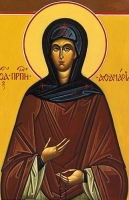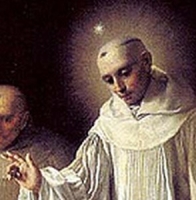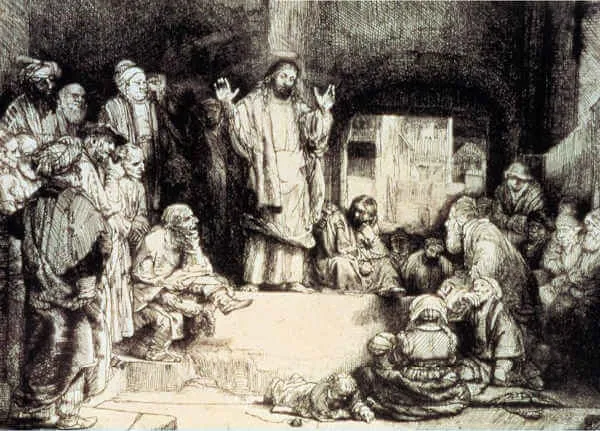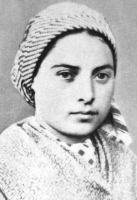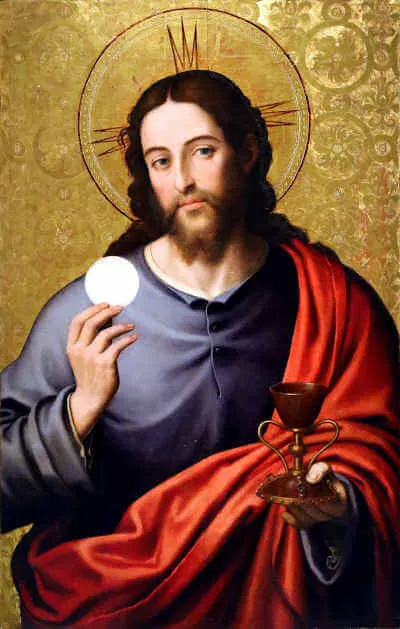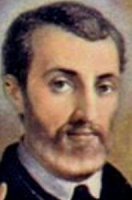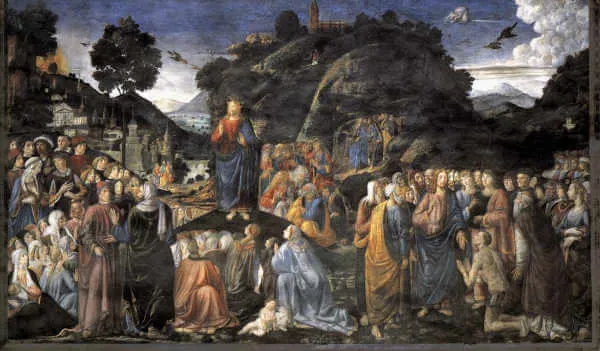Pope Saint Leo IX
Profile
Leo was the son of Count Hugh of Egisheim and the cousin of Emperor Conrad II. He was the chapter canon of Saint Stephen’s, Toul, France. He was also a deacon, soldier, and officer in the imperial army. In 1021, while still in the military, he was chosen bishop of Toul, France, a position he held for 20 years. He commanded troops under emperor Conrad II in the invasion of Italy in 1026. Very disciplined himself, he brought order to the monasteries in his diocese, discipline to the clergy, and the Cluniac reform to many of his houses. He was a mediator between France and the Holy Roman Empire. He was chosen 151st pope with the support of the Roman citizens and Henry III of Germany.
Leo brought his reforming, disciplinary ways to the Church as a whole, reforming houses and parishes, fighting simony, enforcing clerical celibacy, encouraging liturgical development and the use of chant. He brought Hildebrand, later Pope Saint Gregory VII, to Rome as his spiritual advisor. He fought the coming Great Schism between the Eastern and Western churches. He received the nickname of Pilgrim Pope due to his travels through Europe, enforcing his reforms, insisting that his bishops, clergy, and councils follow suit. He held synods at Pavia, Italy, in Rheims, France, in Mainz, Germany, and in Vercelli, Italy where he condemned the heresy of Berengarius of Tours. He authorized the consecration of the first native bishop of Iceland. He was a peacemaker in Hungary. He proposed that Popes be elected only by cardinals.
Leo’s papacy was marred by his military action. He added new Italian regions to the papal states, and when Normans invaded these areas in 1053, he personally led an army to throw them out. This resulted in wide-spread criticism, defeat in the field, his capture at Civitella, and several months imprisonment at Benevento, Italy. He spent his time there well, learning Greek to better understand the writings of the Eastern Church, but his health suffered badly, and he died soon after his release.
Born
- 21 June 1002 at Eguisheim, Alsace, France as Bruno of Eguisheim-Dagsburg
Papal Ascension
- 12 February 1049
Died
- 19 April 1054 in Saint Peter’s Basilica, Rome, Italy of natural causes
Canonized
- 1082 by Pope Saint Gregory VII
- 1887 by Pope Blessed Victor III
Patronage
- Sessa Aurunca, Italy
Source: http://catholicsaints.mobi/calendar/19-april.htm




